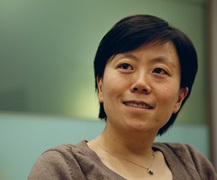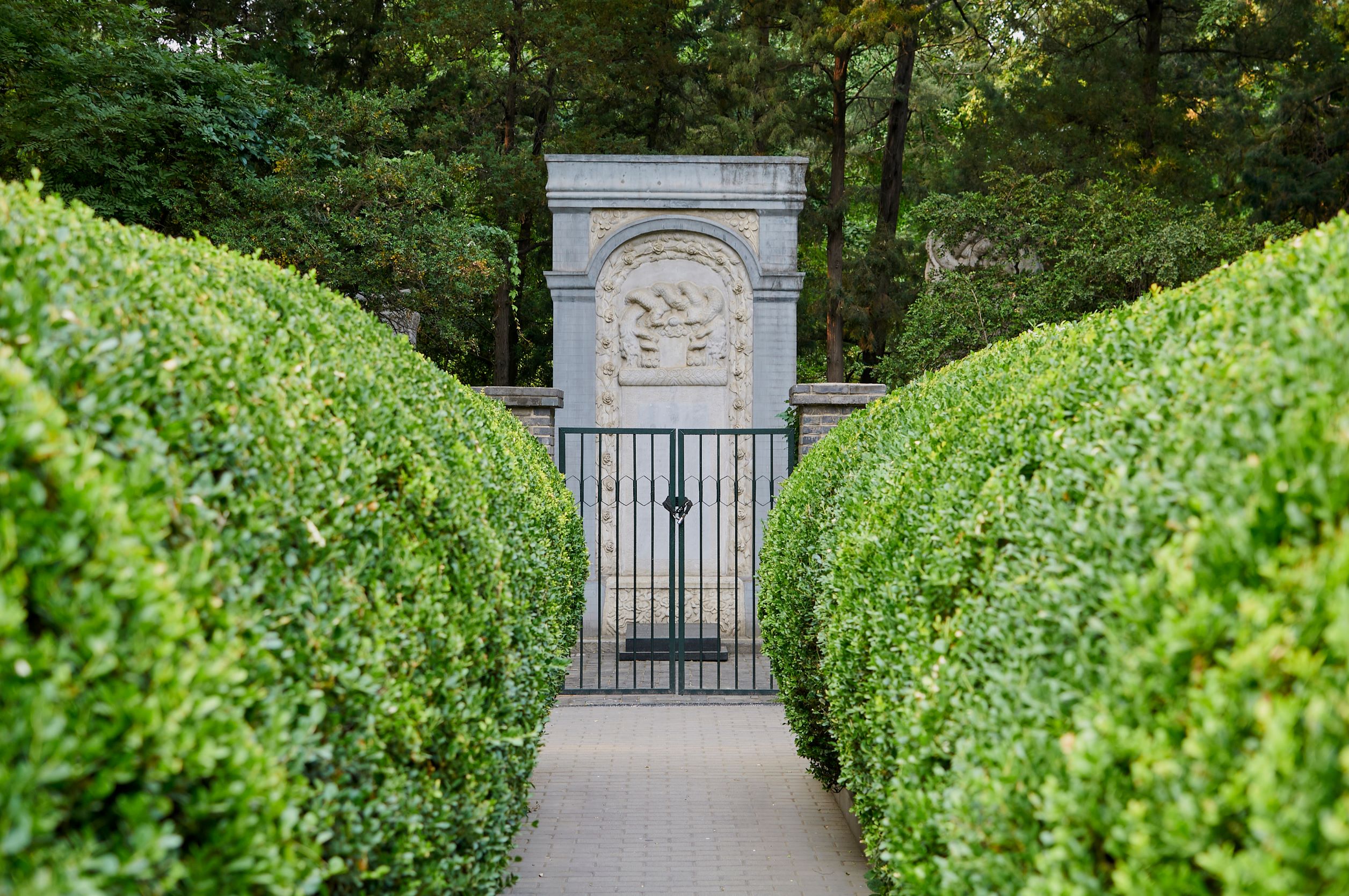
First person
'I was born during the Cultural Revolution' | Wang Yi in conversation with Ingeborg Alexander | Issue 2 | 2012


Missionaries were not allowed to be buried in China : the death of the Jesuit Matteo Ricci changed this.
There’s a Tibetan Buddhist temple in Beijing called the Zhenjue Temple (the Five Pagoda Temple). It was built during China’s Ming dynasty (1368–1644). I mention it because that’s where the Stone Carving Art Museum is. This museum, which contains more than five hundred stone carvings, is largely unknown even to local Pekiners like myself. When I finally went to visit it, I discovered, in the south-east corner, among a hundred enormous tombstones commemorating Ming and Qing dynasty officials, the tombstones of thirty-four Europeans: Jesuit missionaries who had lived for most of their lifetime in China.
The tombstones of the Jesuits were different from the traditional Chinese tombstones. They were, of course, smaller and simpler. But in detail they were also different, and I was struck by this. I know how we bury our own dead, but I don’t know how we bury Europeans.
On the Chinese tombstones you can see, at the top, the coiled shapes of two hornless dragons, one to the left and one to the right: these are 螭 (pronounced Chi), one of the nine sons of the dragon. Carved upon them at the very top is a four-character Chinese phrase; as, for example, 流芳百世 (let your good reputation flow on for ever). The base of the tombstone (at least for the highest officials and members of the Emperor’s family) is in the shape of a tortoise (螭首龟趺).
Most of the Jesuit tombstones are decorated with flowers (European style) or Chinese cloud and sea patterns. They sit on a simple, square stone base. On most of them there is no ‘son of the dragon’. At the very top a cross is carved into the stone.
There are three columns of characters on Chinese tombstones, inscribed from top to bottom, right to left. The centre column gives the name and honorific title. Brief details of the deceased are on the right. The dates and name of the person writing the inscription are on the left. A stone epigraph buried in the tomb records the life of the deceased.
On the missionaries’ tombstones, the deceased’s Chinese name (family name only) is carved in the centre; on the left is an account in Chinese of their life and on the right is presumably the same, but in Latin.
Missionaries were originally not allowed to be buried in China. This changed in 1610 when Emperor Wan Li permitted the burial of the Italian Jesuit Matteo Ricci in Peking—thereby recognising the legitimacy of European missionaries in China.
The Jesuits came to China from Europe in the eighth century during the Tang dynasty (618–906) and their numbers grew quickly in the Ming and Qing (1644–1912) dynasties. Their mission was religious—to save the souls of the Chinese—but their legacy was also the introduction of Western science, mathematics, astronomy and medicine. They also carried Chinese culture to Europe through translations of major texts, among them《论语》(The Analects of Confucius) and《孙子兵法》(The Art of War). Some of these formidable intellectuals won the respect of the whole court including the Emperors of China.
Here is a roll call of their names:
Matteo Ricci 利玛窦
Johann Adam Schall von Bell 汤若望 Ferdinand Verbiest 南怀仁
Joachim Bouvet白晋
Jean-François Gerbillon张诚
Michel Benoist 蒋友仁
Jean Joseph-Marie Amiot 钱德明
Dominique Parrenin 巴多明
Each one is buried in what was Peking. Their act of faith in bringing West and East together is forever remembered by the Chinese.
© Norton Rose Fulbright LLP 2025